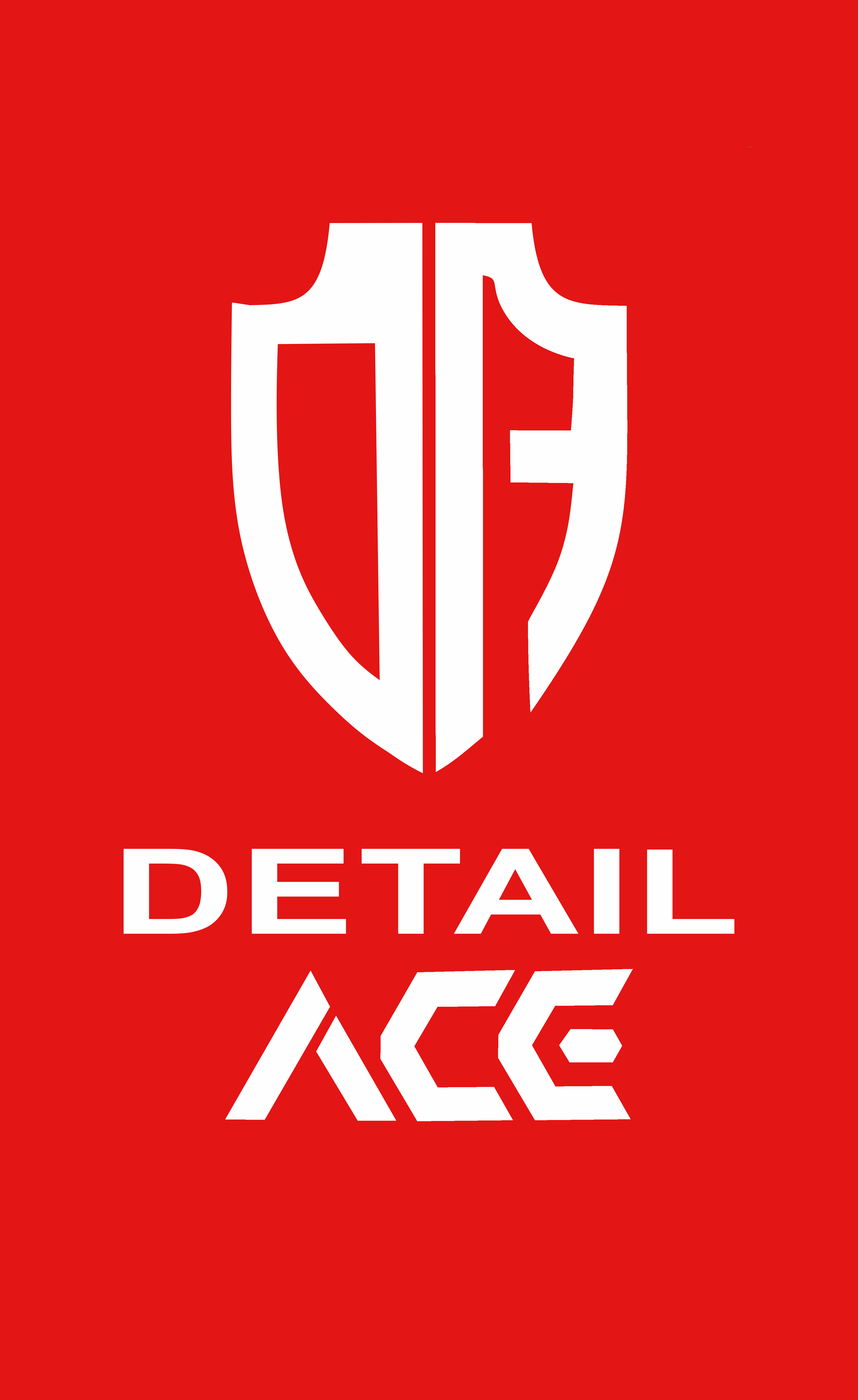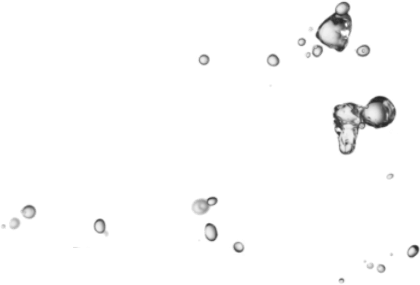Car Paint Decontamination: Why It’s the Most Important Step of Car Detailing
If you’re a car enthusiast, then you know that detailing your car is the best way to keep it looking its best. But what many people don’t realize is that the most important step of car detailing is actually the decontamination process. It is always the first step of any car detailing job. Without proper car paint decontamination, all your detailing effort will go down the drain.
In this blog post, we’ll explain what car paint decontamination is and why it’s so important. But before you can understand what decontamination is and how to do it, you need to understand what is car paint contamination, where it comes from, and how it damages your car paint’s finish. So first things first.
What is car paint contamination?
Car paint contamination is a common problem that occurs when various airborne pollutants become embedded in the paint. These contaminants can include road salt, grime, bugs, and other particles. While some of these contaminants will come off with washing, others can dig into the surface and slowly degrade the clear coat.
Bonded contaminants, such as tar, tree sap, brake dust, and iron particles, are particularly difficult to remove.
Where does it come from?
Brake Dust & Iron Particles
Paint contamination can come from many sources, but one of the most common is brake dust. When you apply the brakes on your car, the friction between the pads and the rotor create brake dust, and it contains both metal particles and brake lining material. These particles adhere to your car’s paint. In addition, brake dust from other vehicles also cross-contaminates your car’s paint and glass surfaces (Always keep a safe distance from other vehicles on the road).
In humid or wet climates, the problem is even worse. The humidity and wetness during the rainy seasons helps these particles spread over a larger area. And when the sun comes out, these particles get baked into your paint. This makes them almost impossible to remove with a simple car wash.
Environmental Fallout
One of the most common types of paint contamination is due to environmental fallout. It is the dust, pollutants and industrial waste suspended in the air. These pollutants can come from factories, power plants, construction sites, and even vehicles traveling on dirt roads. Fallout is also be created by tree sap or any other substance that is sprayed near your car. In addition to causing paint contamination, the fallout can also be abrasive and cause tiny scratches in the paint.
Water Spots
Have you ever noticed those pesky water spots on your paint after a trip to the car wash? Or, worse yet, have you found yourself struggling to remove them with a simple wash at home? If so, you’re not alone. Water spots are one of the most common forms of paint contamination, and they can be frustrating to deal with. But where do they come from?
There are a few different culprits when it comes to water spots. The first is the quality of the water itself. If the water used at a car wash is not properly filtered, it can contain pollutants that will etch into the paint. Another offender is the salt content of the water. When water evaporates, it leaves behind any dissolved minerals, including salt. And finally, the pH of the water can also play a role. If the water is too acidic, it can cause paint to deteriorate and lead to water spots.
Bird Droppings
The chemicals in the dropping can cause etching, making unsightly marks on the paint. In addition, the droppings can leave residues that are difficult to remove. As a result, paint contamination from bird droppings is a serious problem that should be addressed as soon as possible. In addition to bird droppings, other common sources of paint contamination include pollutants such as smoke and dust.
In order to protect your paint, it’s important to remove bird droppings as soon as possible. If you see any droppings on your paint, simply use a damp cloth to wipe them away.
How does car paint contamination affect you?
Paint contamination can be a real problem for car owners. It can cause unsightly scratches and permanent etching, as well as dulling and peeling of the paint finish. Contamination can also make it difficult to remove dirt and grime from the surface of the car. In extreme cases, paint contamination can even lead to rusting of the metal under the paint.
It makes your car look ugly. But beyond that, contaminated paint can also contaminate your polishing pads and render them unusable. This can result in sub optimal performance and durability of the pads, and ultimately cause more scratches on your paintwork and a load on your pocket.
What is Car Paint Decontamination?
Car paint decontamination is the process of removing any bonded contaminants from the surface of your car’s paint. Bonded contaminants include the elements discussed above.
While these contaminants might not seem like a big deal, they can actually cause a lot of damage to your car’s paint if they’re not removed. Over time, these contaminants will etch into your paint, causing permanent damage. In addition, these contaminants can also make it difficult for you to wax or polish your car’s paint, which means that they’ll be more likely to collect dirt and dust.
Why is Car Paint Decontamination the Most Important Step of Car Detailing?
Car paint decontamination is often referred to as the most important step of the car detailing process because it’s the only way to ensure that your paint is truly clean before beginning the paint correction process. Decontamination removes all bonded contaminants from the paint surface, including things like tar, tree sap, iron deposits, and industrial fallout. This is important because these contaminants can cause serious damage to your paint if they’re not removed before beginning the polishing process. Additionally, decontamination ensures that you get the best possible results from your paint correction and protection products. In short, paint decontamination is essential for maintaining the health and appearance of your car’s paint.
If you don’t remove all of the bonded contaminants from your car’s paint before you start waxing or polishing, then you’ll just end up trapping them underneath the wax or polish. This means that they’ll be even more difficult to remove later on down the road.
In addition, if you don’t decontaminate your car’s paint before starting the paint correction step of the detailing process, then you could actually end up damaging your paint even further. This is because some cleaners can actually cause bonding between contaminants and your paint, which will make them even more difficult to remove later on.
From what we have learned from our experience, if the paint is not properly decontaminated, it can result in the expensive polishing pads going to waste. They will get clogged and perform sub optimally, resulting in loss of precious time and polishing product.
How to decontaminate your car’s paint you ask? Well, this topic requires a full instructional blog post by itself. Click here to learn about the steps involved in the paint decontamination process.
Conclusion:
Car paint contamination is a very real and often overlooked issue when it comes to car detailing. It causes problems with your car’s finish, reduces the value of your vehicle if you ever decide to sell it. It can also lead to corrosion and other long-term damage, and even affect your health. That’s why decontamination is considered the most important step of any detailing process.
Its vital to decontaminate your car’s paint during the pre-wash phase and before the rest of the detailing process can be started.
The Detailing Ace offers professional car paint decontamination as part of detailing services that will remove all of the contaminants from your vehicle’s surface, restoring its shine and protecting it against further damage. If you want to keep your car looking its best, contact us today to schedule our Tender Loving Care for your car!


